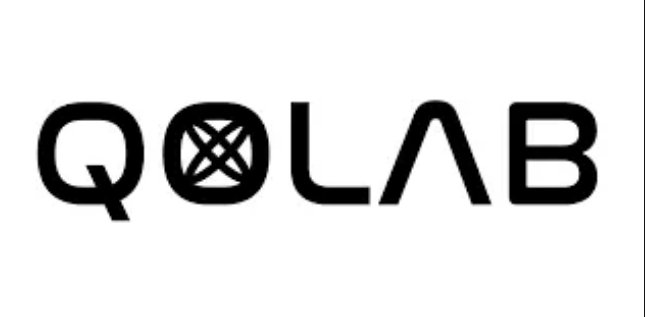Insider Brief
- Microsoft claims to have created the first topological qubit, but experts remain skeptical due to past retractions and a desire for more independent validation.
- Scott Aaronson highlighted that while Microsoft published a paper in Nature, the claim has not yet been fully accepted, and there is no direct evidence for Majorana zero modes, a key component of topological qubits.
- The commercial viability of topological qubits remains uncertain, as other quantum computing approaches have advanced significantly, and Microsoft’s claim still requires further experimental confirmation.
While lots of fanfare and mainstream praise accompanied Microsoft’s claim of creating the first topological qubit, elements of the quantum community has yet to officially join the parade.
The news has sparked debate among quantum computing experts, some of whom are questioning the experiments validity and its interpretation, as well as the implications for the field.
If the work is confirmed, the achievement would mark a significant milestone in topological quantum computing, but skepticism remains given Microsoft’s past retraction of a related claim.

A go-to spot for a lot of this more technical debate is the blog of Scott Aaronson, a computer science professor at the University of Texas at Austin.
Aaronson weighed in on Microsoft’s announcement in a series of FAQs in a blog post on Shtetl-Optimized. He noted that while Microsoft has unambiguously claimed to have created a topological qubit and published a supporting paper in Nature, the claim has not yet been fully accepted by the scientific community.
“Buried in Nature’s review materials is the following striking passage: ‘The editorial team wishes to point out that the results in this manuscript do not represent evidence for the presence of Majorana zero modes in the reported devices,’” Aaronson writes.
Majorana zero modes are a key building block for topological qubits.
Wary Based on Earlier Claims
Microsoft’s announcement follows its 2018 claim of having experimentally created Majorana zero modes — an assertion it later retracted due to errors in data analysis. This history has made some experts cautious about claims about topological qubits.
Aaronson recounted his conversation with Microsoft’s Chetan Nayak, who responded to skepticism by saying, “Look, we now have a topological qubit that’s behaving fully as a qubit; how much more do people want?”
Alexei Kitaev, Michael Freedman, and others in the late 1990s, originated the concept of topological qubits that are built using nonabelian anyons — which are exotic quantum excitations that exist in two-dimensional materials. These qubits have long been pursued because they could, in theory, be more resistant to errors than conventional qubits. The appeal lies in their potential for greater stability: errors would require a fundamental change in the way nonabelian anyons are braided, making topological qubits less susceptible to noise than other qubit types.
However, topological qubits have proved difficult to create and manipulate. If Microsoft’s work is validated, this would mark a major step toward a topological qubit has been experimentally controlled, potentially representing what Aaronson called a “new state of matter” — one that does not naturally occur but can be engineered.
Still, the claim remains largely theoretical at this stage. In the FAQ on whether Microsoft’s topological qubit is useful, Aaronson was unequivocal: “Not yet! If anyone claims that a single qubit, or even 30 qubits, are already useful for speeding up computation, you can ignore anything else that person says. (Certainly Microsoft makes no such claim.)”
The commercial and practical viability of quantum computing, including topological qubits, hinges on scaling up to thousands or millions of reliable qubits — a challenge that remains unresolved.
Few Actively Investigating Topological Qubits
Microsoft is one of only a few major tech companies pursuing topological qubits as a primary approach, though Aaronson noted that Nokia Bell Labs and Delft University in the Netherlands have also maintained smaller research efforts. Last fall, researchers from, Quantinuum, Harvard and Caltech reported on what they called the first-ever experimentally demonstrated “true topological qubit,” using a a quantum error-correcting code called a Z₃ toric code.
Other leading quantum computing companies, such as Google and IBM, have instead focused on superconducting qubits, trapped ions, and neutral atoms—technologies that, while lacking the theoretical robustness of topological qubits, have seen significantly more experimental progress.
Asked whether Microsoft’s work vindicates topological qubits as the future of quantum computing, Aaronson was cautious.
“If Microsoft’s claim stands, then topological qubits have finally reached some sort of parity with where more traditional qubits were 20-30 years ago,” he wrote.
By contrast, conventional quantum systems today regularly manipulate dozens or hundreds of qubits and execute thousands of quantum operations. For topological qubits to catch up, they would need to be dramatically more stable and scalable than existing approaches and, as yet, that is something that remains uncertain.
Wait-And-See
Microsoft has presented an ambitious vision of scaling up its topological qubits, but Aaronson is taking a wait-and-see position on the timeline.
“In the world of corporate PR and pop-science headlines, sure, why not?” he wrote. “In the world of reality, a ‘few years’ certainly feels overly aggressive to me, but good luck to Microsoft and good luck to its competitors!”
The next step for Microsoft is to provide more concrete experimental evidence. Nayak, responding to criticisms, noted that Microsoft’s paper was submitted a year before additional supporting evidence was gathered. He also wrote that more research would be published.
“Of course we all look forward to the follow-up paper,” Aaronson wrote.


















